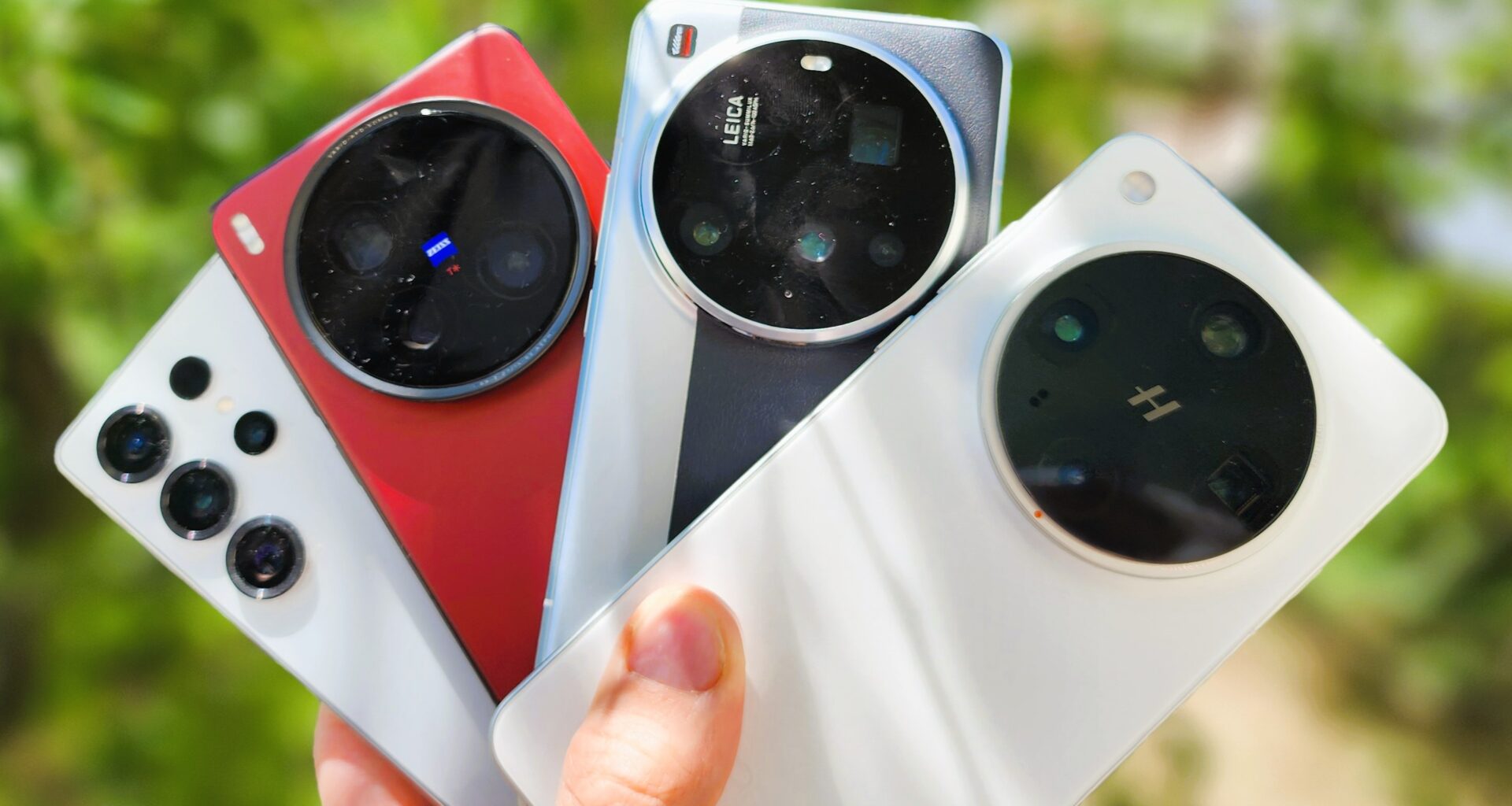When looking at daytime photos taken with ultrawide cameras, it’s clear that all phones show some softness outside the center of the image. The Oppo Find X8 Ultra in particular shows noticeable blurriness at the edges, which impacts overall image quality. In contrast, the Vivo X200 Ultra impresses with lots of detail and excellent baseline sharpness. However, the Vivo flagship oversaturates colors in vivid mode, especially reds and primary colors. For those who prefer less “vibrant” colors, the Zeiss mode is a good alternative setting.
Xiaomi also has different color settings. Leica Authentic provides more natural colors than Leica Vibrant, which we used for this comparison. For our test pictures and all other photos, we used the smartphones’ default camera settings and corresponding color modes. The photos don’t always use the full sensor resolutions by default. Instead, they are processed via pixel-binning by some brands, which effectively increases the size of individual pixels.
The Xiaomi 15 Ultra stands out with its high dynamic range, which allows it to retain details in both bright and dark areas, even in high-contrast scenes. In comparison, the Samsung Galaxy S25 Ultra’s dynamic range sometimes appears a bit limited, causing shadowy areas that look too dark. In our horse motif shot, the Samsung phone is also the only one that noticeably distorts the red color.
